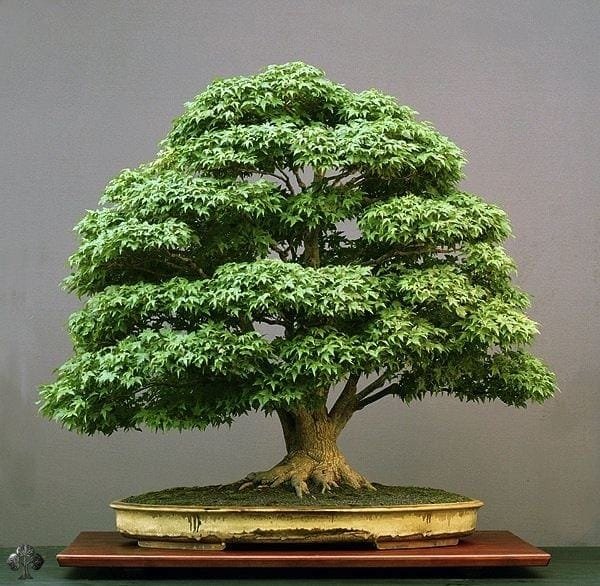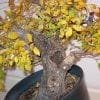The Art Of Tiny Leaves
One of the joys of working with bonsai trees is that the hobby truly is an art form. Anyone who has worked extensively with bonsai knows that the cultivation, shaping, and care of these special plants take an extreme amount of patience, knowledge, and an eye for artfulness.
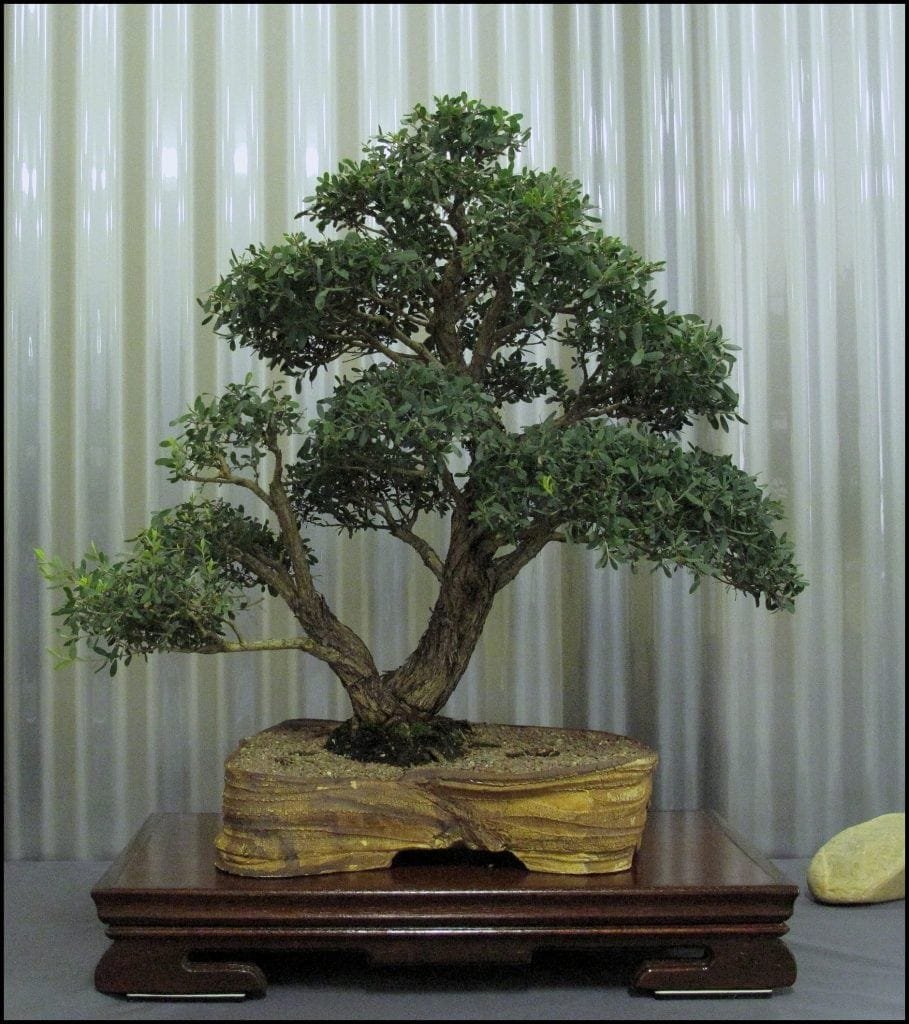
Most people know that the purpose of a bonsai tree is that the beauty of a fully-grown, aged tree is mimicked in miniature. Not only is the trunk of the tree miniaturized by specific selection, planting and pruning techniques, but so are the leaves. Without a process to encourage the growth of miniature leaves, then the bonsai tree would appear to be off-balance, and the scale of the leaves in comparison to the overall plant would completely ruin the artful effect of realism.
Many wonder how to keep bonsai tree leaves small. There are several techniques that the bonsai artist can implement that will hopefully result in a balanced bonsai specimen with the tiny leaves that are so prized. As with most things, nature is not perfect. It can be erratic. What will work for one tree may or may not work for another. However, by implementing methods that have been tried and true among bonsai enthusiasts for centuries, you dramatically increase the chances of producing, in time, the miniature leaves that are so prized among bonsai aficionados.
Have you ever wondered how bonsai growers make bonsai tree leaves smaller? I have always been amazed of bonsais and even more amazed at the exceptional talent and patience that people who make bonsais have. How were they able to make a full –grown tree, aged try in miniature form? Did they use some kind of chemical formula perhaps or a special cutting and pruning technique?
As I learned more about bonsais over the years and have successfully created a few projects myself, I found out that there was no magic at all. All it takes is careful planning and a lot of patience to finally achieve the desired balance in a bonsai tree.
I also found out that techniques to make bonsai leaves smaller may not hold true for all tree varieties. Each tree has its own characteristics and needs. This means that creating bonsais is a continuous process. And you will gradually increase your knowledge and enhance your skills in making smaller bonsai leaves over time.
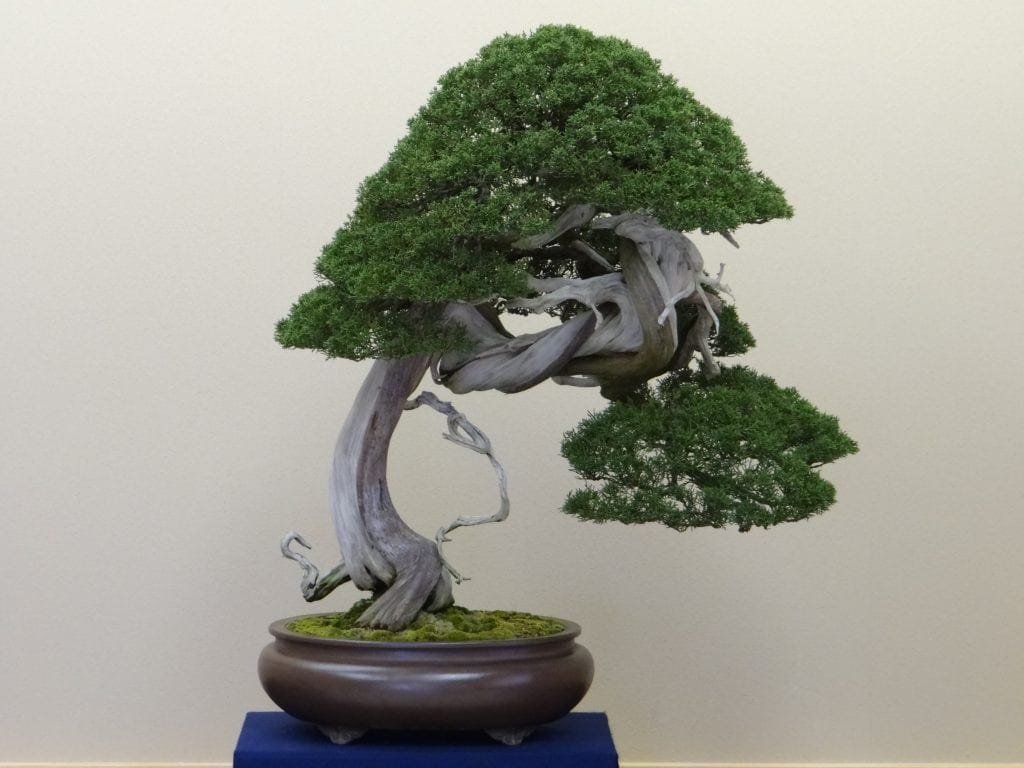
What you need to follow this tutorial
- Bonsai tree
- Prefer trees with naturally smaller leaves which are easier to manage and train compared to large-leafed varieties. There are many types of trees with small leaves so make sure to check out the growing characteristics of each tree before you choose one.
- Growing light
- You need a strong growing light that will provide your bonsai trees good indoor lighting. Choose a light with strong wattage and a model that conforms to safety requirements.
- A pair of cutting scissors
- You need a sharp and handy pair of cutting scissors to cut leaves from the tree to defoliate it. You will also use a pair of cutting scissors to prune and to cut tree bark.
- Ethyl alcohol
- Ethyl alcohol will sterilize your clean cutting scissors so you can cut and defoliate your bonsai tree without introducing bacteria that cause plant disease to your bonsai. Use a strong brand. Ethyl alcohol is available to purchase online or from a local distributor or retailer in your area.
Step by step instructions
1) Use only tree varieties with small leaves
The first tip is basically common sense: use tree varieties with very small leaves. Not all trees have large fan leaves; there are actually trees with minute leaves or even fine leaves and stems which make great bonsai trees. Trees that have small leaves are Linden, Elm, Ash, Oak, and Willow trees. These trees will grow very small leaves even when left growing in normal circumstances in the wild.
When these small-leaf trees become bonsai, these will develop even smaller leaves which mean these still have the capacity to grow even smaller and daintier leaves, stems and branches. And as these perfect specimens make bonsai growing hobbies a lot easier, there are still growers and hobbyists who challenge themselves in growing large-leafed trees. Just some of the most common large-leafed varieties include Sycamore and Magnolia trees. There are even some experienced growers who made a bonsai palm tree or coconut tree just for the fun of it.
2) Place bonsai trees in bright lights
Bonsai plants are like any other plants; it naturally seeks light to grow. If there is insufficient lighting, a bonsai will develop large leaves and more foliage just to get more light. Bonsai plants may even become leggier, again, just to get more light to support its growth and development.
Therefore, if you want smaller leaves, you must give your plants more light. Place it under direct sunlight or natural light. Your plant will naturally preserve its resources by not expanding leaf area when it is exposed to more light. Your bonsai tree will have smaller leaves that will grow in compact clusters.
If you live in an area where there is less sunlight or natural light in a day, you might want to use a growing light or lamp to get the best results. Lamps come in a variety of designs and wattage. Make sure to purchase a safe growing light with ample wattage to provide your growing bonsai good indoor lighting.
3) Make sure to defoliate your bonsai during springtime
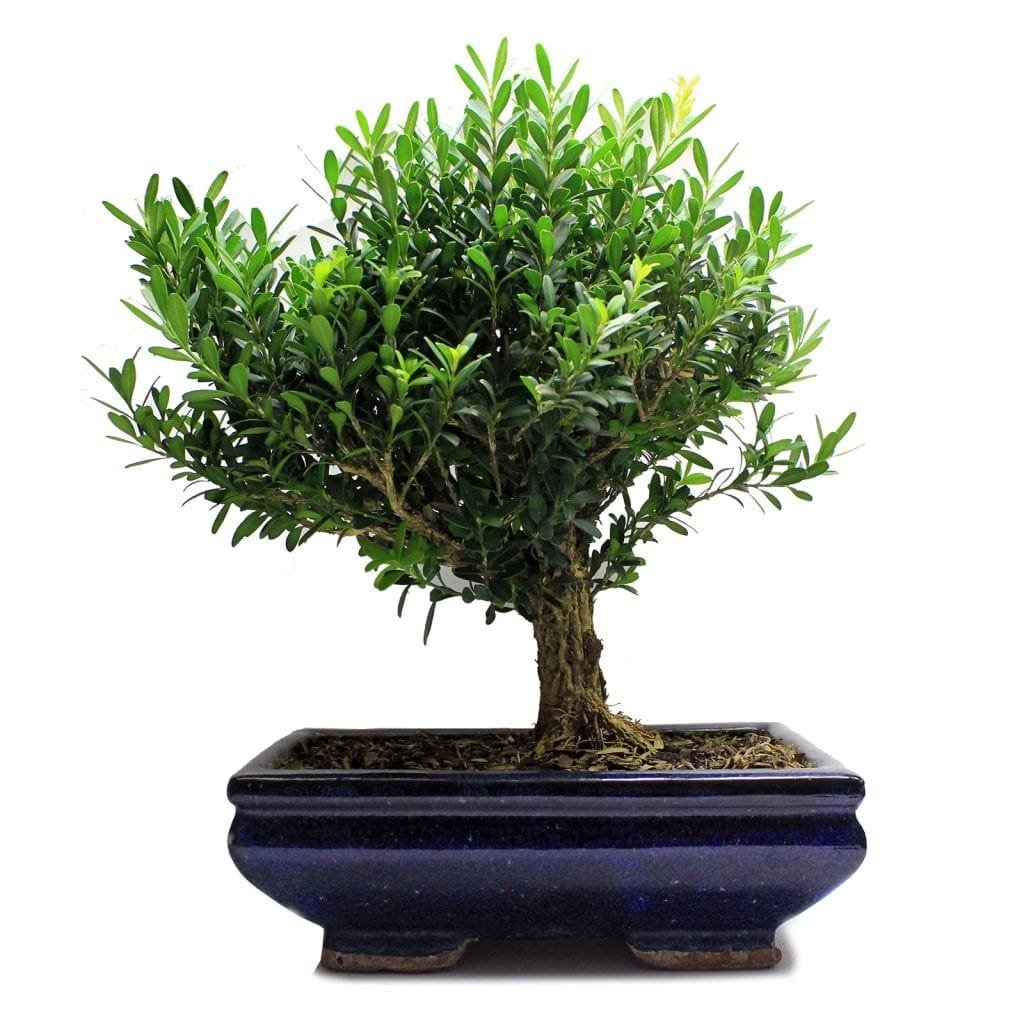
If you have bonsai trees that lose their leaves on a regular seasonal basis like the Chinese Elm or Ficus then you can defoliate your plants during spring to get smaller leaf growth. However, take this as the last resort.
Defoliation is removing some of the leaves of the plants to allow it to recover and grow new leaves. It is very important to find out if the bonsai tree that you wish to grow can withstand defoliation. This is a good method for deciduous plants because these lose their leaves on a seasonal basis. Do not defoliate bonsai conifer trees because these will never be able to recover.
Requirements of plants that may be subjected to defoliation
- The bonsai should be a deciduous tree
- The bonsai should be well planted or well established
- The bonsai tree should be healthy, must have regular new leaf growths
- The bonsai tree should be free from pests, insects and any diseases
- The bonsai tree should not have discolored leaves
- Defoliation should only be done mid-spring to allow the tree to recover and develop a new set of leaves.
- Defoliate only once a year.
Take note that defoliation is shocking to a plant and therefore it should be done carefully and only to a healthy plant. Removing the first leaves of the spring season should be done early so it still has time to grow healthy new and healthy leaves. You can also partially defoliate which simply means you will only remove some of the leaves of the tree. This is a much safer route for people new to defoliating and growing bonsai.
- Clean your cutting scissors with soap and water. Make sure that this is free from dust, dirt and any oils. Wipe it dry with a clean cloth.
- Sterilize your cutting scissors in alcohol. Dip it in ethyl alcohol just before you use it.
- Choose an area where defoliation will be done. If you want to totally defoliate, divide the leaves into sections. Defoliate one section at a time. If you want to partially defoliate, choose the area that you will cut.
- Remove the leaf right at the base using the sterile scissors. Leave the petiole or the stem of the leaf attached to the branch.
- Allow the stem to fall off the tree naturally because this will soon dry up and do so.
Over time, correctly and regularly defoliating your bonsai will result in the development of smaller leaves. You will soon have leaves that will are two-thirds smaller than the leaves of full-sized regular leaves.
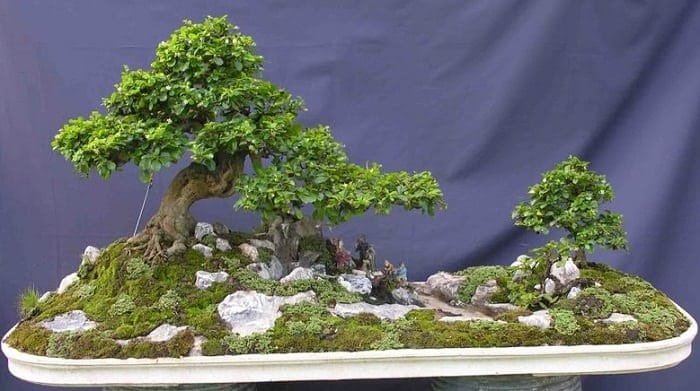
Conclusion
When you combine these techniques with correct bonsai planting strategies and choosing the best specimen, you will soon be able to create the perfect bonsai with the best miniature leaf size that all bonsai lovers know and love. Techniques to create smaller leaves may not hold true for all tree species so be sure to get to know the particular tree variety you want to grow before you start turning it into a bonsai tree.
